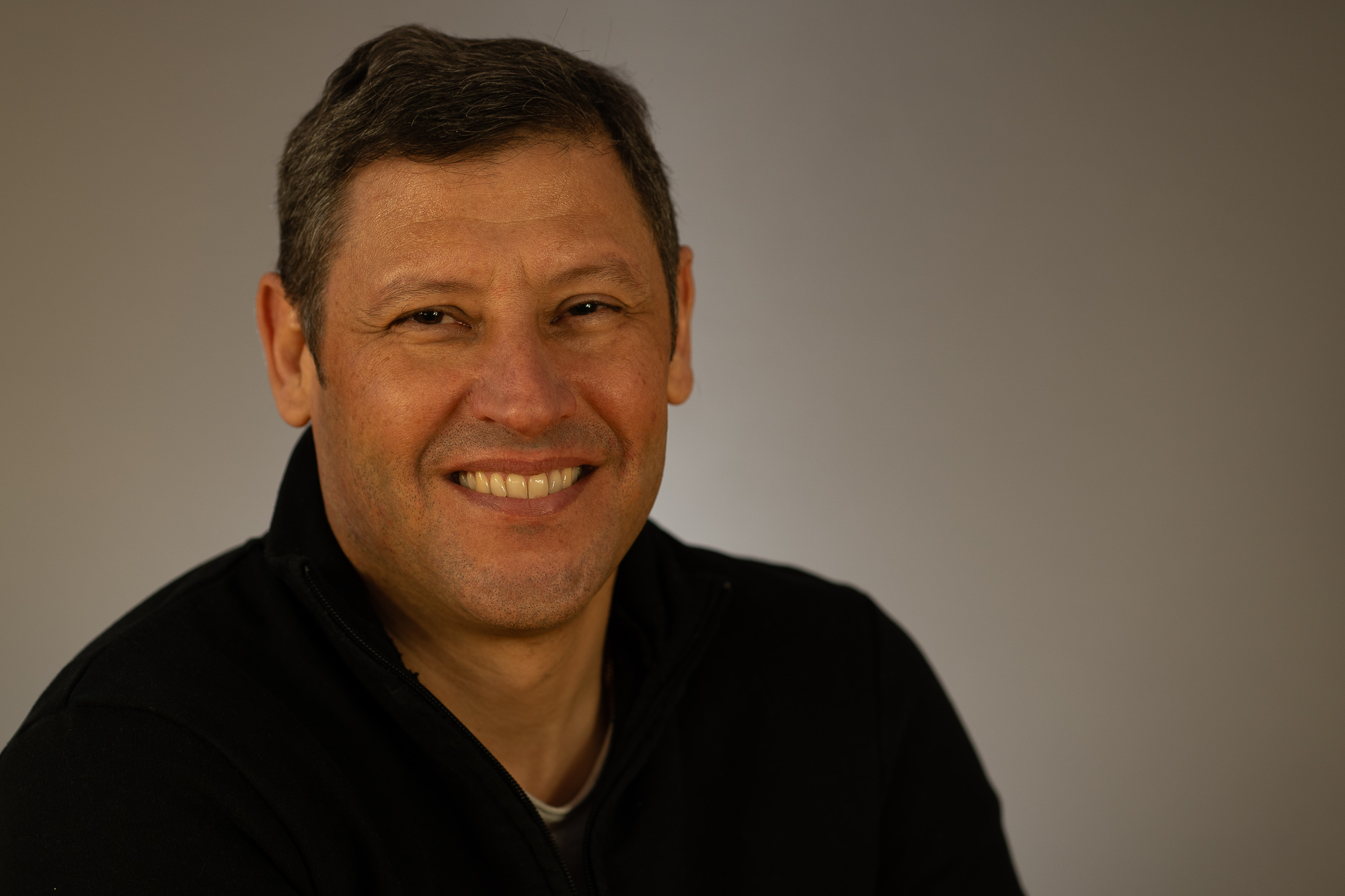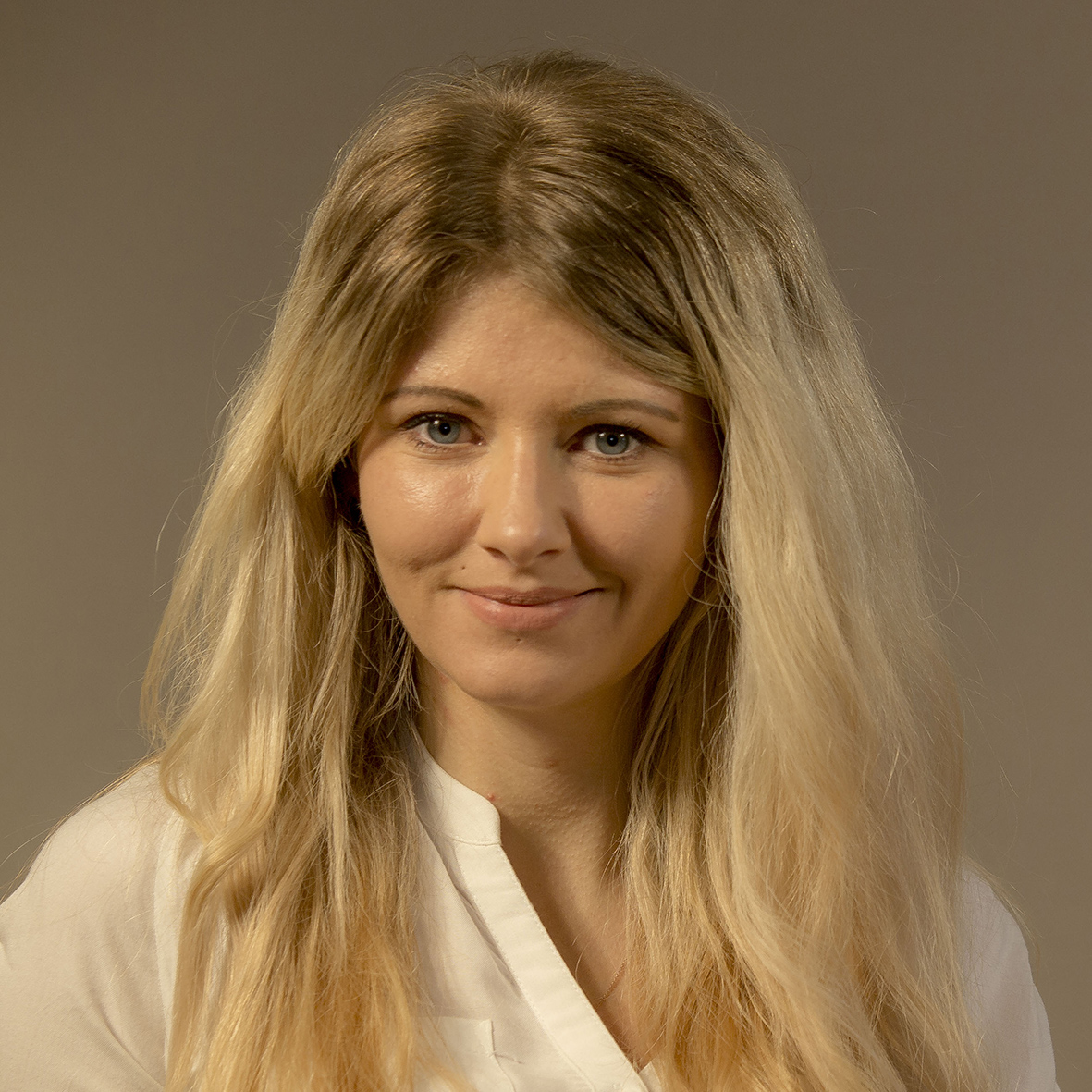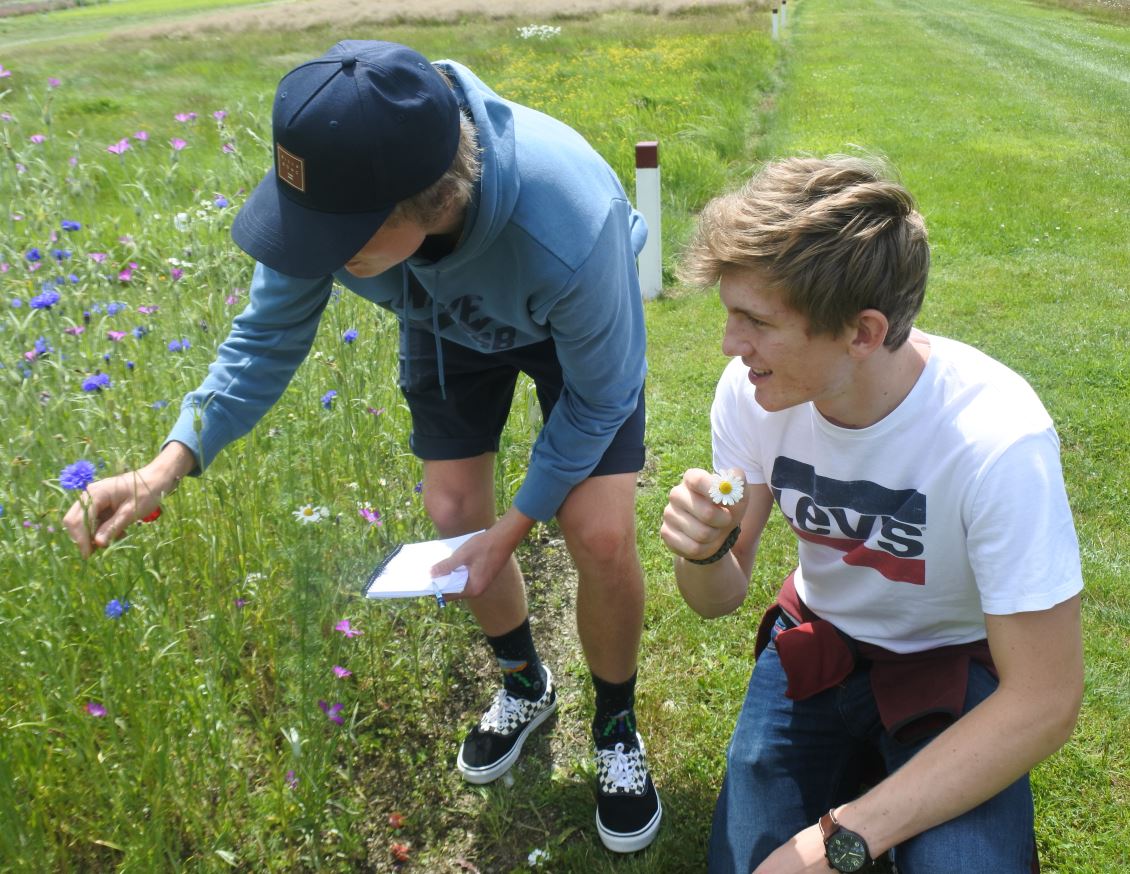What tasks do the participating citizen scientists have?
The main task of the citizen scientists is to document how the different plant species in the Gumpensteiner BW3 wildflower mixture develop phenologically. Another task will be to observe the pollinators that visit the flowering areas and record the visits in an online mask.
The resulting data provides, on the one hand, interesting insights into the plant species in the flowering mixture and, on the other hand, valuable contributions to research into the lifestyles of pollinators.
- Documentation of the phenological development: To document the phenological development of the flowering areas, the citizen scientists are given a template of what documentation should look like. The time of sowing, budding, flowering and plant growth should be documented. Different parameters such as the outside temperature, the weather and the altitude are also taken into account.
- Observation of pollinators and data collection: When observing pollinators, the focus should be primarily on wild bees. A simple identification key will also be given to participants to assist them. Data is collected via the Nature Conservation Association’s platform www.naturObservation.at . There is a separate comment function where the “PolliDiversity 2.0” project must be mentioned.
- Planting the flowering area: Citizen scientists receive seeds of the wildflower mixture Gumpensteiner BW3 for approx. 5 m² of area. The seeds can be sown in your own garden or in pots, which is why participation is also possible without your own garden. The following plant species are sown:
Yarrow ( Achillea millefolium ), field chamomile (Anthemis arvensis ), dyer's chamomile (Anthemis tinctoria), common anthyllis (Anthyllis vulneraria ), marigold ( Calendula officinalis ), meadow caraway ( Carum carvi ), cornflower ( Centaurea cyanus ), meadow knapweed ( Centaurea jacea), wig knapweed ( Centaurea pseudophrygia ), scabious knapweed ( Centaurea scabiosa ), common chicory ( Cichorium intybus ), meadow pippau ( Crepis biennis), wild carrot ( Daucus carota ), Carthusian carnation ( Dianthus carthusianorum ), viper's head ( Echium vulgare ) , scabious ( Knautia arvensis ), rough dandelion ( Leontodon hispidus ), daisy ( Leucanthemum vulgare ), horn trefoil ( Lotus corniculatus ), chamomile ( Matricaria chamomilla ), yellow clover ( Medicago lupulina ), sweet clover, white ( Melilotus albus), sweet clover, yellow ( Melilotus officinalis ), common evening primrose ( Oenothera biennis ), sainfoin ( Onobrychis viciifolia ), corn poppy ( Papaver rhoeas ), meadow sage ( Salvia pratensis ), red campion ( Silene dioica), common catchfly ( Silene vulgaris) , rabbit trefoil ( Trifolium arvense ), Field clover ( Trifolium campestre ), small clover ( Trifolium dubium ), red clover ( Trifolium pratense), black mullein ( Verbascum nigrum ), pitch clover ( Silene viscaria) - all certified of origin according to G-Zert®;
The flowering area should ideally be created in March 2022 (as soon as the first early bloomers become visible), but by the end of April 2022 at the latest.
What materials are made available to participating citizen scientists?
In order to enable citizen scientists to identify and participate in the project, the following information materials are created and made available in digital form:
- Info workshop via Zoom (date will be announced soon)
- Digital materials for participants: experimental instructions, information materials about pollinators and identification keys for the selected pollinators
- Template for documenting phenological development
More details about the project
The task of the citizen scientists is to document how the flowering areas develop: When do the seeds sprout? What temperature is there? How has the weather been in the past few weeks? How tall will the plants be after another two weeks? When do the first plants start to bloom? If no plants are sprouting, what could be the reason – have any birds or snails been seen?
Furthermore, on several days from May to the end of July (depending on the flowering time of the plants), the citizen scientists were supposed to determine which plant species are preferred by certain wild bee species and other pollinators as a food source.
Monitoring should be carried out on as many days as possible at three different times of day in daylight. The weather also plays a role, as wild bees are more common in sunny weather but less so in rain or strong wind.
The winner of the Citizen Science Award will be the participant with the most accurate, complete documentation of the phenological phases of the selected flowering plants, or the school class with the largest number of properly completed documentation.
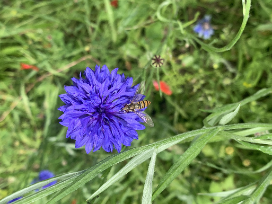
How is the data of participating citizen scientists handled?
The data will be treated strictly confidentially and in accordance with the EU General Data Protection Regulation.
Wins at the Citizen Science Award 2022:
Prizes are awarded in two different categories: school classes and private individuals. In both categories, prizes will be raffled off among the top five entries with the most high-quality reports (well-documented observations with visual evidence).
In the “school classes” category there are cash prizes to be won for the class fund: 1st place: 1000 euros, 2nd place: 750 euros, 3rd place: 500 euros
In the “private individuals” category there are great prizes to be won, such as a system camera and short holidays on the farm.
How can interested parties register?
Anyone interested can simply register via email. Please send registrations and queries to:
team
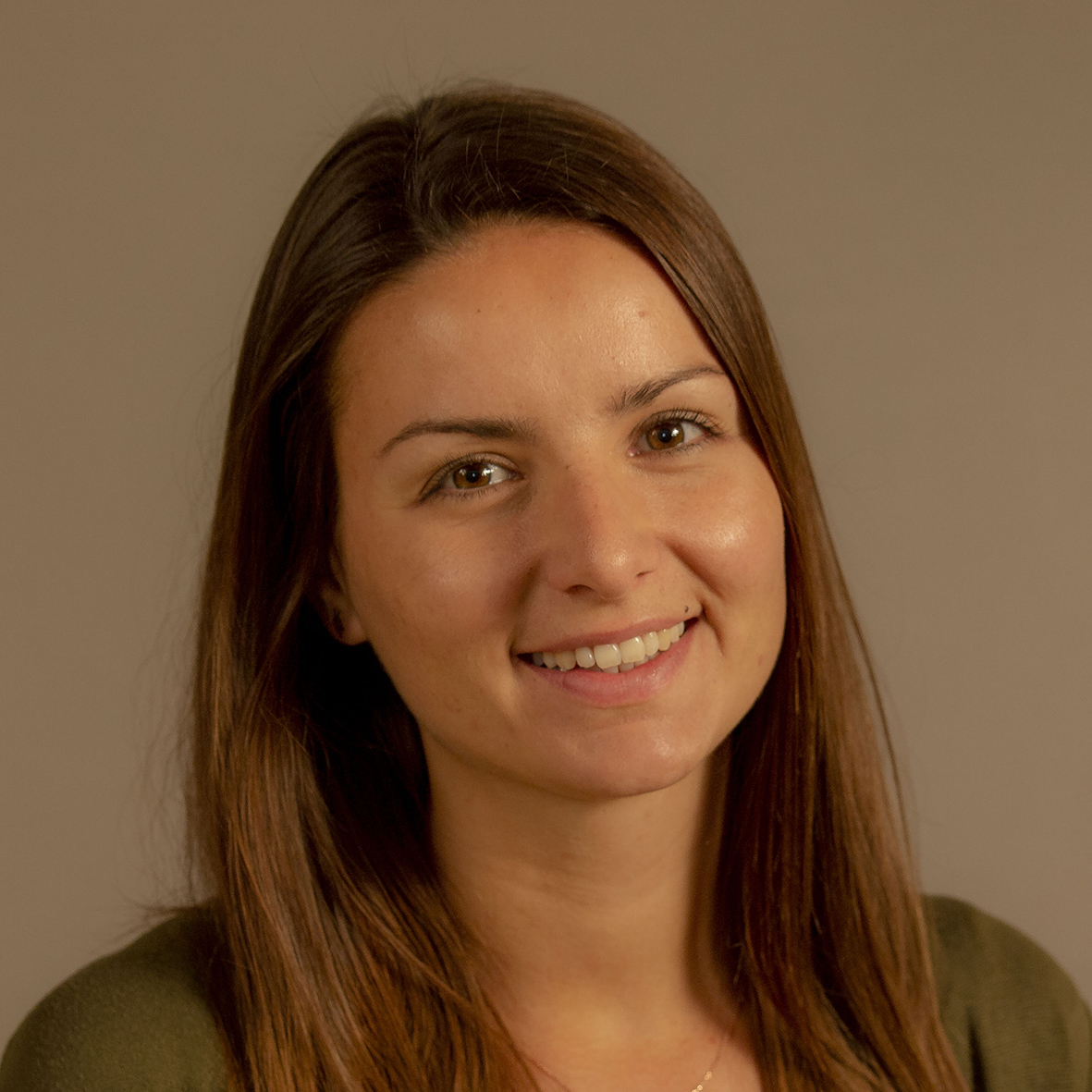
Mag. Kathrin Blanzano
Acquisition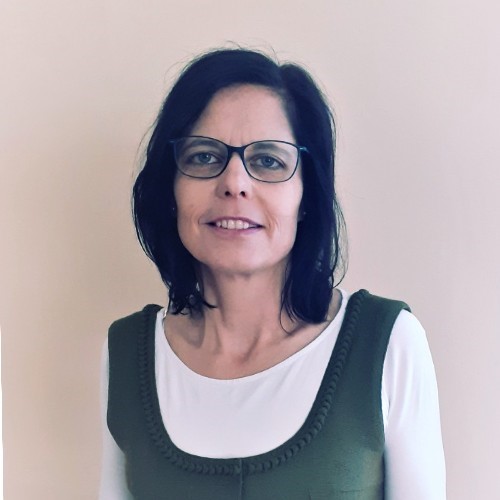
DI Renate Mayer
Acquisition